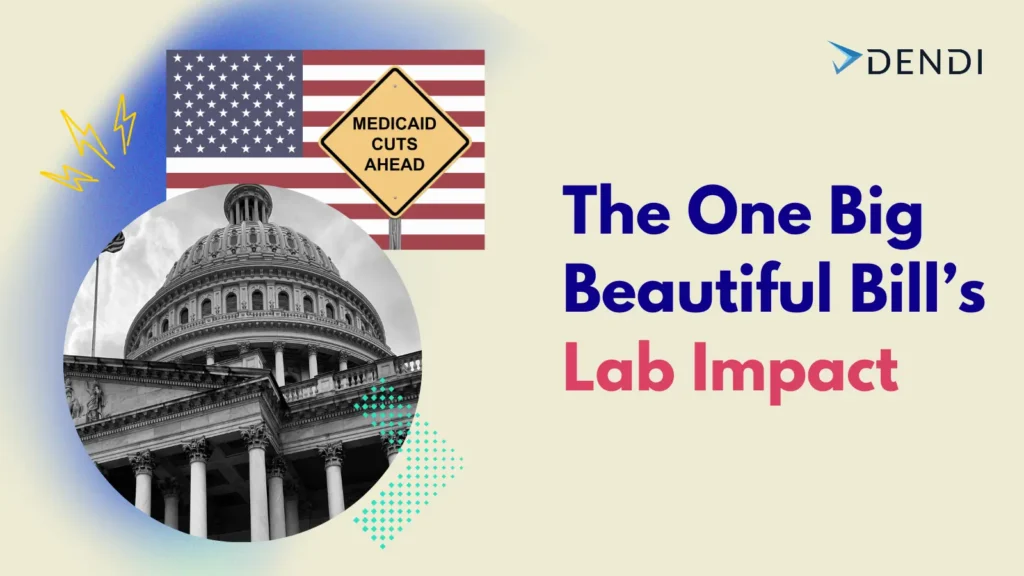
CliniSys Acquires Orchard Software: What LIS Consolidation Means for Laboratory Owners
On July 29, 2025 CliniSys announced its acquisition of Orchard Software from private equity firm, Francisco Partners, creating the world’s largest laboratory informatics company. This acquisition affects over 2,000 laboratories currently using Orchard’s systems and represents a broader trend of consolidation that is reshaping the LIS landscape. For laboratories, understanding the implications of this market shift is critical for making decisions about their technology infrastructure and lab operations.
Merging Specialized Clinical Systems into a Universal Lab System
CliniSys’s acquisition of Orchard Software represents the latest strategic move in creating what is now the world’s largest LIS entity, serving over 4,000 laboratories across 39 countries. The transaction, facilitated by Francisco Partners, brings together two established players in the laboratory informatics space.
Orchard Software has served physician groups, hospitals, reference laboratories, and veterinary clinics for decades with its clinical LIS solutions. Now, these 2,000+ customers face integration into CliniSys’s standardized LIMS platform ecosystem.
For many laboratory owners, this news may come as a surprise. The acquisition raises immediate questions about service continuity, pricing stability, and the future direction of their LIS platform.
CliniSys: Built Through Systematic Consolidation
To understand the implications of this acquisition, it’s important to examine how CliniSys became the dominant force it is today. The company’s growth story is one of systematic market consolidation through strategic acquisitions over more than a decade.
The consolidation timeline shows CliniSys’s methodical approach to market expansion:
- 2012-2016: Parent company Francisco Partners (formerly Roper Technologies) acquired Sunquest Information Systems, Atlas Medical, and CliniSys Group Ltd.
- 2022: Acquired HORIZON Lab Systems (January) and ApolloLIMS (April)
- 2023: Acquired Promium (May)
- 2025: Acquired Orchard Software (July)
This pattern eliminates independent competitors while centralizing specialized expertise that clinical laboratories have historically relied upon. CliniSys’s corporate history reveals a deliberate strategy to create unified, standardized platforms across all laboratory sectors.
CEO Michael Simpson has stated the company’s goal to “create and deliver the next evolution of cloud-based laboratory solutions,” indicating a shift from the specialized, customizable systems that many laboratories prefer toward integrated, standardized platforms designed for operational efficiency.
What This Means for Laboratory Operations
The consolidation of the LIS market through acquisitions like this one has implications that extend far beyond corporate balance sheets. When specialized vendors are absorbed into larger organizations, the operational realities for laboratory customers often change significantly.
Industry research from similar acquisitions in healthcare IT provides important context. KLAS Research customer satisfaction surveys of Oracle’s acquisition of Cerner showed satisfaction scores dropping over 10 points following the acquisition announcement, with customers citing “poor partnership and a lack of follow-through on promises” as primary concerns.
The patterns observed in other healthcare technology consolidations suggest several areas where laboratory owners should pay attention:
- Service Delivery Models: Large consolidated vendors often standardize support operations, potentially moving from specialized technical expertise to generalized IT support structures. This can affect response times and the depth of assistance available for complex laboratory workflows.
- Product Development Priorities: Acquired companies typically integrate their development roadmaps into the larger organization’s strategic priorities. Features and customizations that were important to smaller customer segments may receive less attention in favor of capabilities that serve the broader customer base.
- Pricing and Contract Structures: Consolidated vendors often implement standardized pricing models and contract terms across their portfolio, which may differ significantly from the flexible arrangements smaller companies typically offer.
- Innovation Cycles: Large organizations often have more complex approval processes for product updates and new features, potentially slowing the pace of innovation that smaller, agile companies can provide.
Looking Ahead: What Laboratory Owners Should Consider
The CliniSys acquisition of Orchard Software represents more than just a single business transaction—it reflects a broader industry trend toward consolidation that shows no signs of slowing. Hospital consolidation research by the Kaiser Family Foundation documents similar patterns across healthcare, with market concentration leading to significant changes in pricing, service delivery, and customer relationships.
For Orchard customers specifically, this transition period presents both challenges and opportunities. Understanding your current contract terms, documenting existing service levels, and evaluating your long-term LIS requirements becomes more important than ever.
The acquisition also highlights the importance of vendor diversity in the LIS market. As consolidation reduces the number of independent options, laboratory owners benefit from understanding the full range of alternatives available, including specialized vendors who maintain different approaches to customer service and product development.
The Path Forward
While the full impact of the CliniSys-Orchard acquisition will unfold over the coming months and years, laboratory owners don’t need to wait to take action. The integration period typically provides 12-18 months of parallel operations, creating an important window for customers to understand their options and make informed decisions about their LIS partnerships.
In our next article, we’ll examine the specific challenges laboratories may face during this transition and outline practical steps Orchard customers can take to protect their interests and maintain operational continuity.
For laboratory owners using other LIS systems, this acquisition serves as an important reminder to evaluate vendor stability, understand contract terms, and maintain awareness of market alternatives. The consolidation trend affecting the LIS market makes it more crucial than ever to choose technology partners whose business models and values align with your laboratory’s long-term success.
Coming Next: In Part 2 of this series, we’ll dive deeper into the specific operational challenges laboratories face when their LIS vendor is acquired, and provide actionable strategies for protecting your interests during vendor transitions.